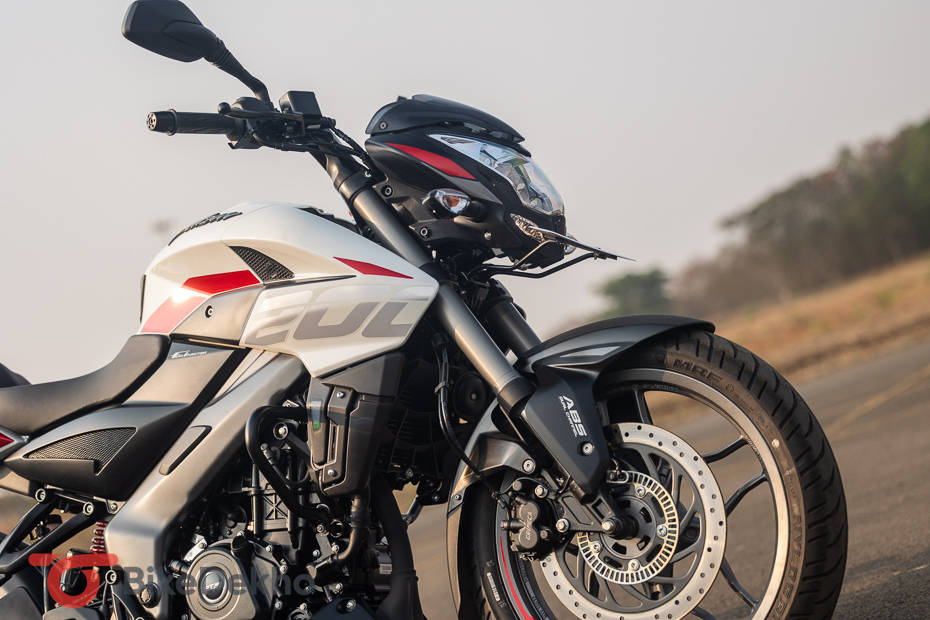Motorcycle Terms Explained: Upside-down Or Inverted Telescopic Fork
Modified On Feb 27, 2024 06:01 PM By Team Bikedekho for Bajaj Pulsar NS200
- 3115 Views
- Write a comment
A more advanced version of the conventional telescopic fork, here are the changes and benefits offered by an inverted telescopic fork over the former

In recent times, the conventional telescopic fork in motorcycles has been replaced by the more modern and advanced upside-down fork setup in many motorcycles. While it was previously available only in more premium super-bikes, an upside-down fork can now be seen even in many entry-level performance bikes in segments starting from 160cc-200cc.
In conventional forks, the sliders are usually at the bottom, but it is the opposite in the inverted fork setup. Apart from this upside-down arrangement of the sliders, the functioning of this setup is the same as a standard fork. One of the prime advantages of this setup is that since the thicker parts of the fork (sliders) are held by the yoke/triple clamp, there's less flex in the fork when under stress. This leads to better stability when cornering. The other advantage is that because the thinner parts of the fork are attached to the wheel, there's less unsprung mass, making the bike more nimble. However, in case of breakage of oil seals, the oil inside the fork tubes drains out immediately, leading to a potentially hazardous situation if the oil gets on to the front brake.

Previously, the upside-down front fork was available only in range-topping sports bikes and roadsters. However, in the current times, the inverted fork can be seen even on sporty commuters from the 160cc category as well. Most premium sports bikes, roadsters, cruisers and adventure tourers now come with an upside-down front fork.
